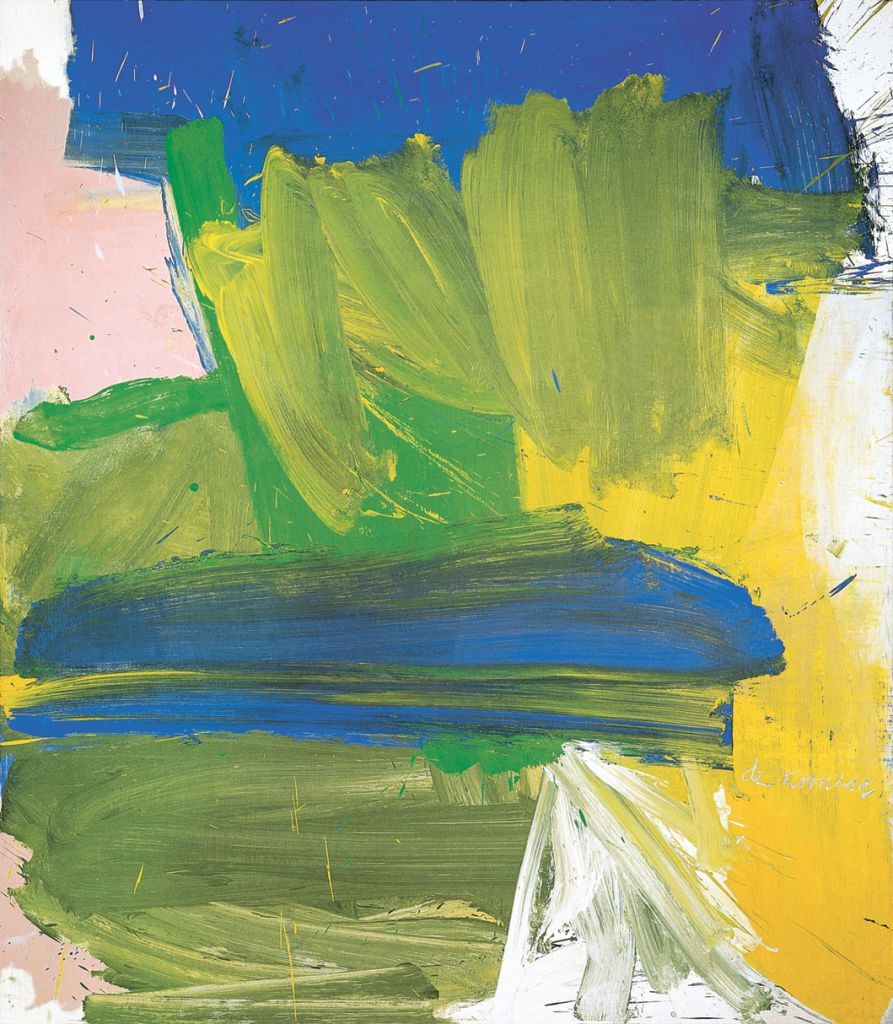Gallery 304
After World War II, Europe was a divided, devastated continent. Many prominent European artists ed the desolation and found refuge in the United States. In this context, a series of artists emerged on both sides of the Atlantic whose diverse aesthetic proposals paved the way for a pivotal period in the modern visual arts. One of these movements was American Abstract Expressionism, represented in the Guggenheim Bilbao Collection by remarkable examples, like Robert Motherwell’s (b. 1915; d. 1991) Iberia (1958)—shown in this gallery—which re ects the artist’s lifelong preoccupation with the tragedy of the Spanish Civil War; Clyfford Still’s (b. 1904; d. 1980) Untitled (1964); Mark Rothko’s (b. 1903; d. 1970) Untitled (1952–53); or Willem de Kooning’s (b. 1904; d. 1997) Villa Borghese (1960).
This trend was presented in major cities in Europe to serve as the antithesis of “rigid” Socialist Realism; however, this also gave European artists, such as Antoni Tàpies (b. 1923; d. 2012)—who became a good friend of Motherwell’s—the opportunity to know Abstract Expressionism rst hand. Tàpies, who had his rst solo show in the United States in 1953, shared with this movement an interest in Surrealism, among other matters. Meanwhile, new artistic interests were blossoming in the mind of the young Yves Klein (b. 1928; d. 1962), whose rst foray into painting came in Madrid in 1954, when he published Yves Peintures, a small booklet lled with works that did not exist and yet marked the beginning of his artistic career.





